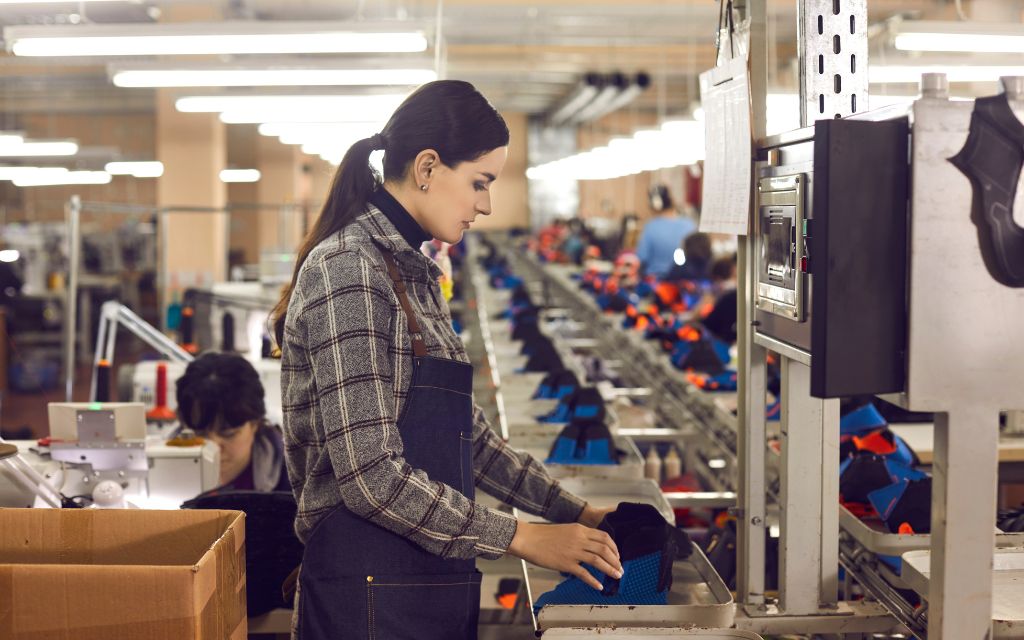
The fashion industry’s supply chain is a complex, finely tuned system that has been significantly disrupted by the “bullwhip effect.” This phenomenon, where minor changes in consumer demand cause increasingly larger fluctuations up the supply chain, has been a longstanding challenge, further exacerbated by the COVID-19 pandemic. The pandemic-induced shifts in consumer behavior have led to drastic changes in order volumes, creating volatility and uncertainty for suppliers. This article delves into the bullwhip effect within the fashion supply chain, its impact on suppliers, and explores strategies for mitigation, including how technology solutions like ARVO are addressing these challenges.
Understanding the Bullwhip Effect
The bullwhip effect illustrates how small variations in consumer demand can lead to progressively larger fluctuations at the retailer, manufacturer, and raw material supplier levels. The fashion industry, characterized by its rapid trend cycles and high demand variability, is particularly susceptible to this phenomenon. The COVID-19 pandemic intensified these challenges, as initial lockdowns led to a surge in order cancellations, followed by a period of over-ordering in anticipation of a demand rebound that failed to materialize as expected.
The Impact on Suppliers
The repercussions of the bullwhip effect on suppliers have been profound. Many factories, operating at full capacity in 2021, found themselves with significantly reduced orders in 2023, leading to layoffs and delayed investments. This downturn not only affects the financial health of suppliers but also results in the loss of skilled labor and a decrease in factory utilization rates. The numbers paint a stark picture: factories operating below capacity, and a majority of chief procurement officers highlighting demand volatility as a top challenge for the foreseeable future.
Strategies for Mitigation
In response to the bullwhip effect, fashion brands and retailers are increasingly focusing on enhancing supply chain transparency and strengthening strategic partnerships. Key strategies include:
Improved Demand Forecasting: Leveraging advanced analytics and consumer data to predict demand more accurately, reducing the likelihood of over- or under-ordering.
Flexible Inventory Management: Adopting just-in-time inventory practices and more agile supply chain models to respond quickly to changes in demand.
Closer Collaboration with Suppliers: Working closely with suppliers to share demand forecasts and production plans, ensuring that all parties are better prepared for fluctuations.
Diversifying Manufacturing Locations: Exploring reshoring or nearshoring production to reduce lead times and mitigate risks associated with global supply chain disruptions.
Investing in Technology: Implementing solutions like ARVO to improve supply chain agility and transparency.
ARVO’s Role in Addressing the Bullwhip Effect
ARVO is pioneering technology solutions to tackle the challenges posed by the bullwhip effect in the fashion supply chain. By providing a platform for enhanced transparency and real-time data sharing, ARVO enables brands, retailers, and suppliers to have a more accurate view of demand and inventory levels. This visibility helps in making informed decisions, reducing the risk of overproduction or stockouts, and ultimately mitigating the bullwhip effect. Furthermore, ARVO’s commitment to fostering collaboration across the supply chain aligns with the industry’s move towards more sustainable and resilient practices.
The bullwhip effect is a complex challenge that requires a coordinated effort from all stakeholders in the fashion supply chain. By adopting more resilient practices, investing in technology, and fostering closer relationships with suppliers, the industry can mitigate the impact of demand fluctuations. Solutions like ARVO are at the forefront of this transformation, offering the tools and insights needed to navigate the uncertainties of the fashion supply chain and build a more stable, sustainable future.

